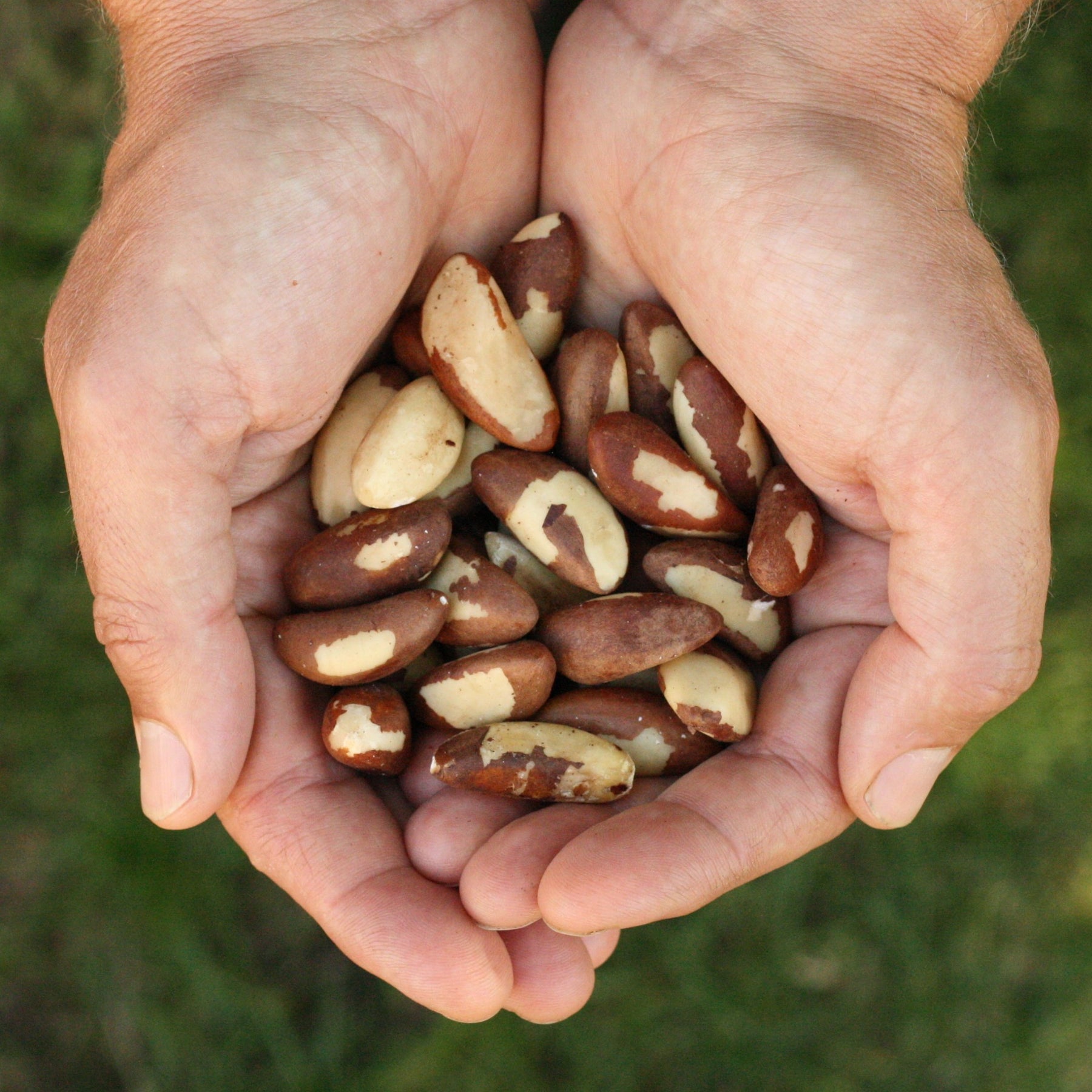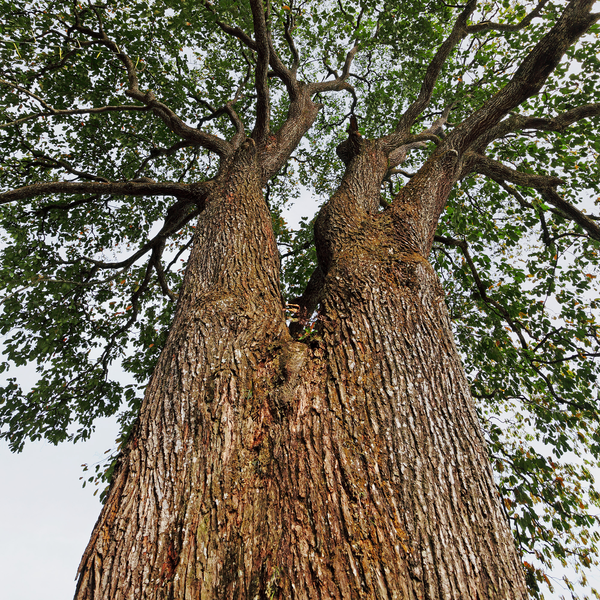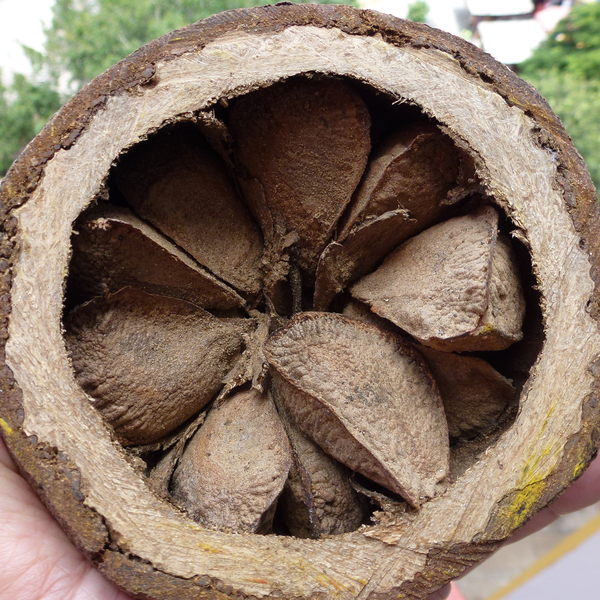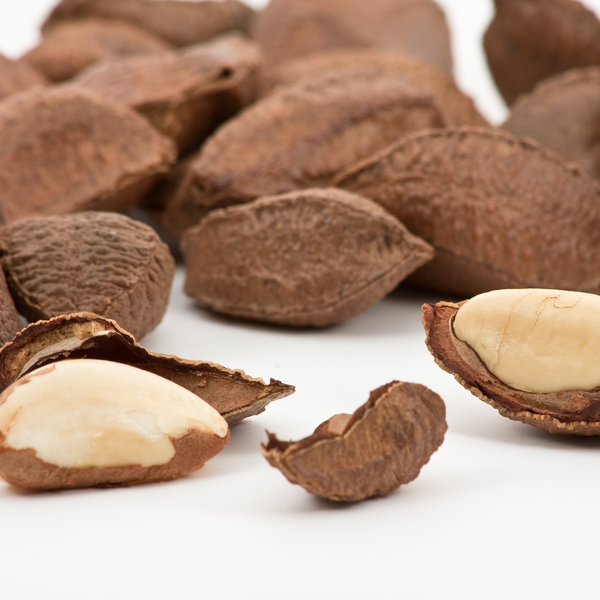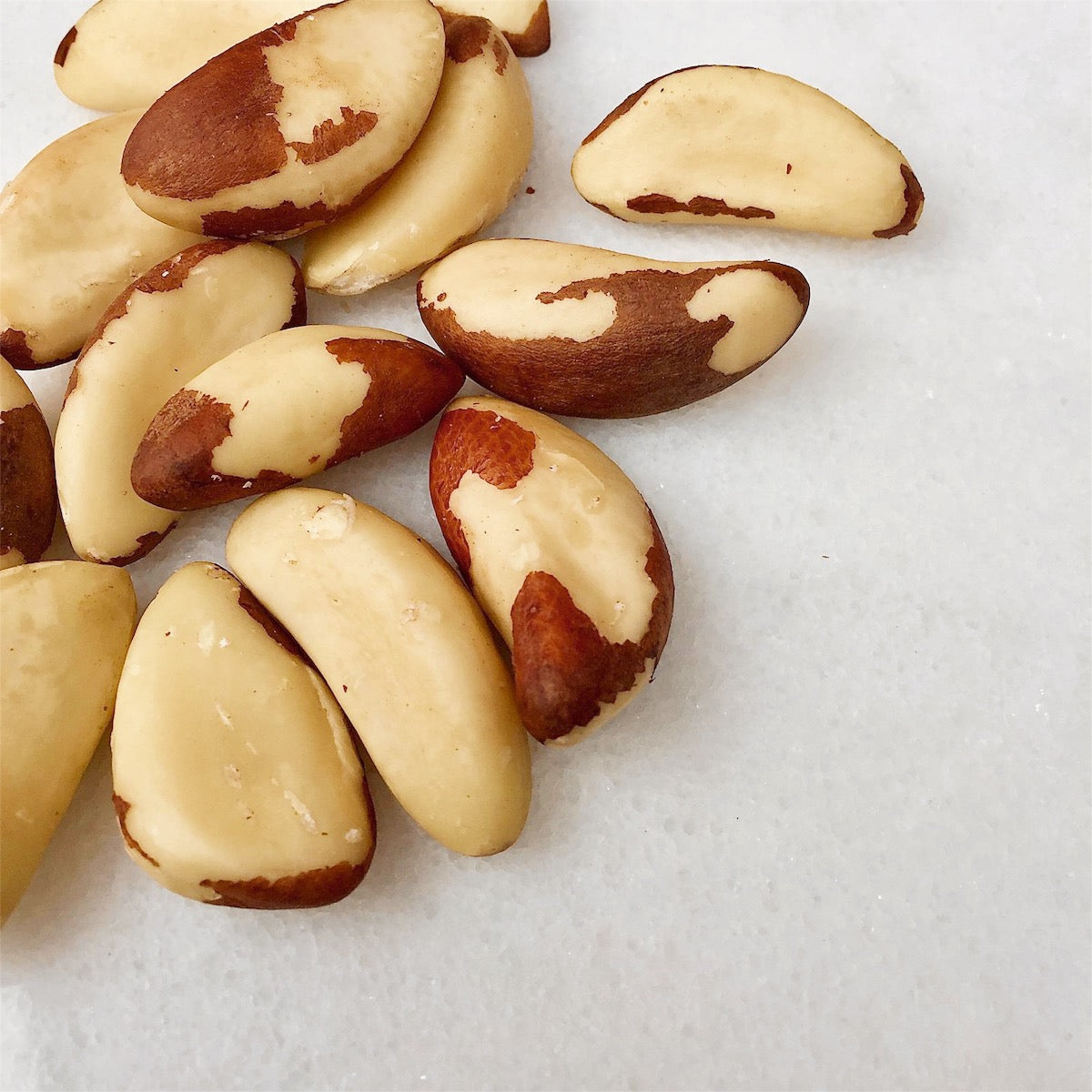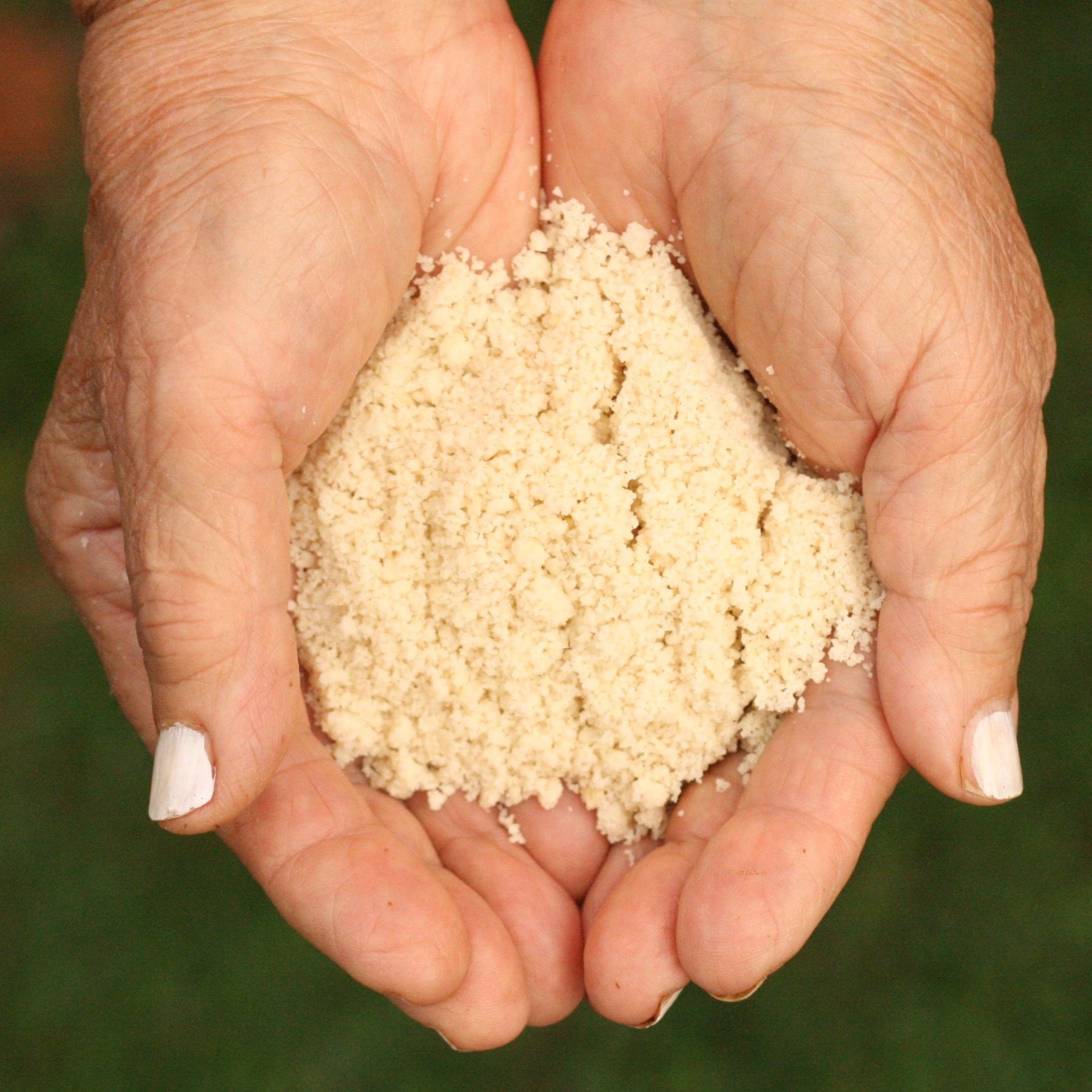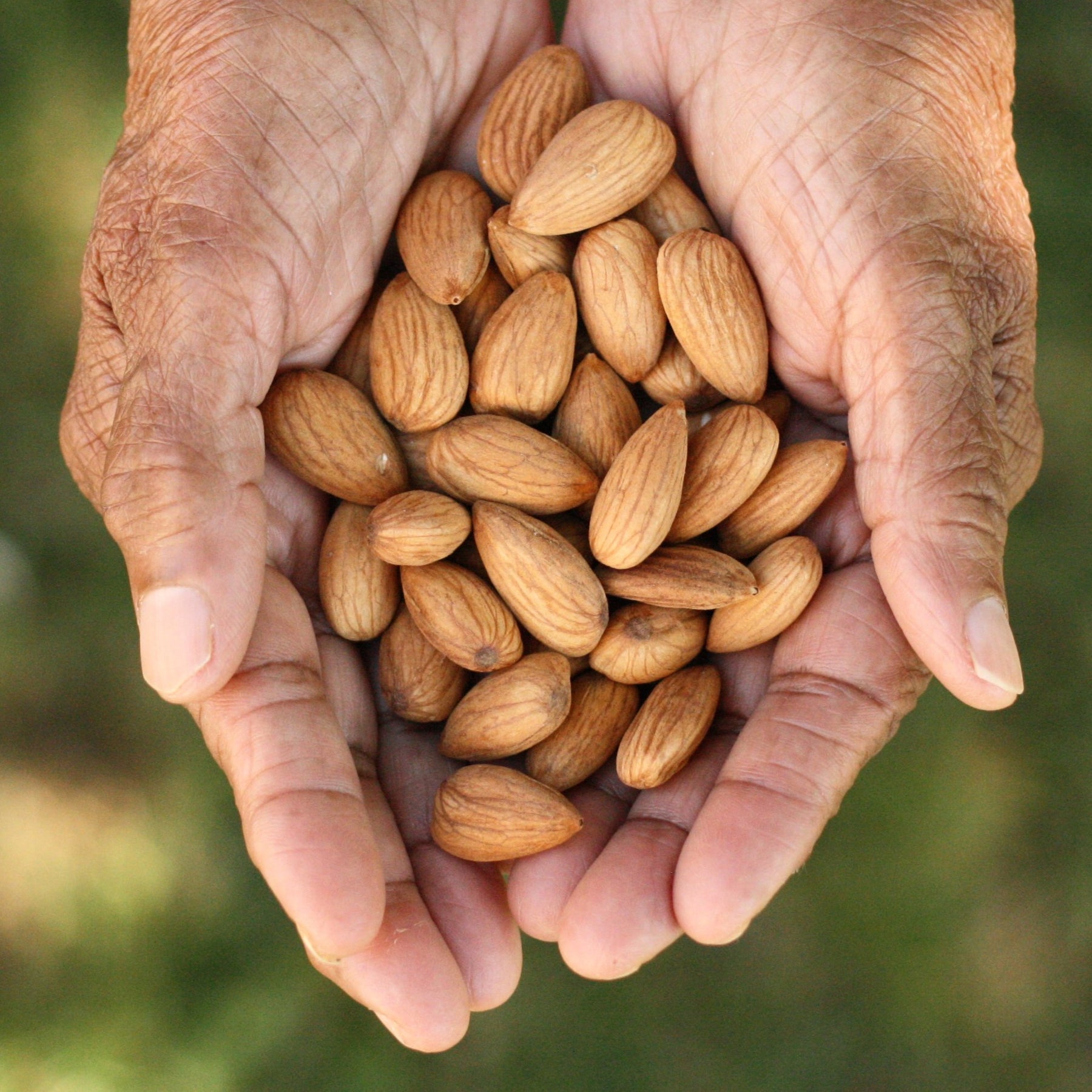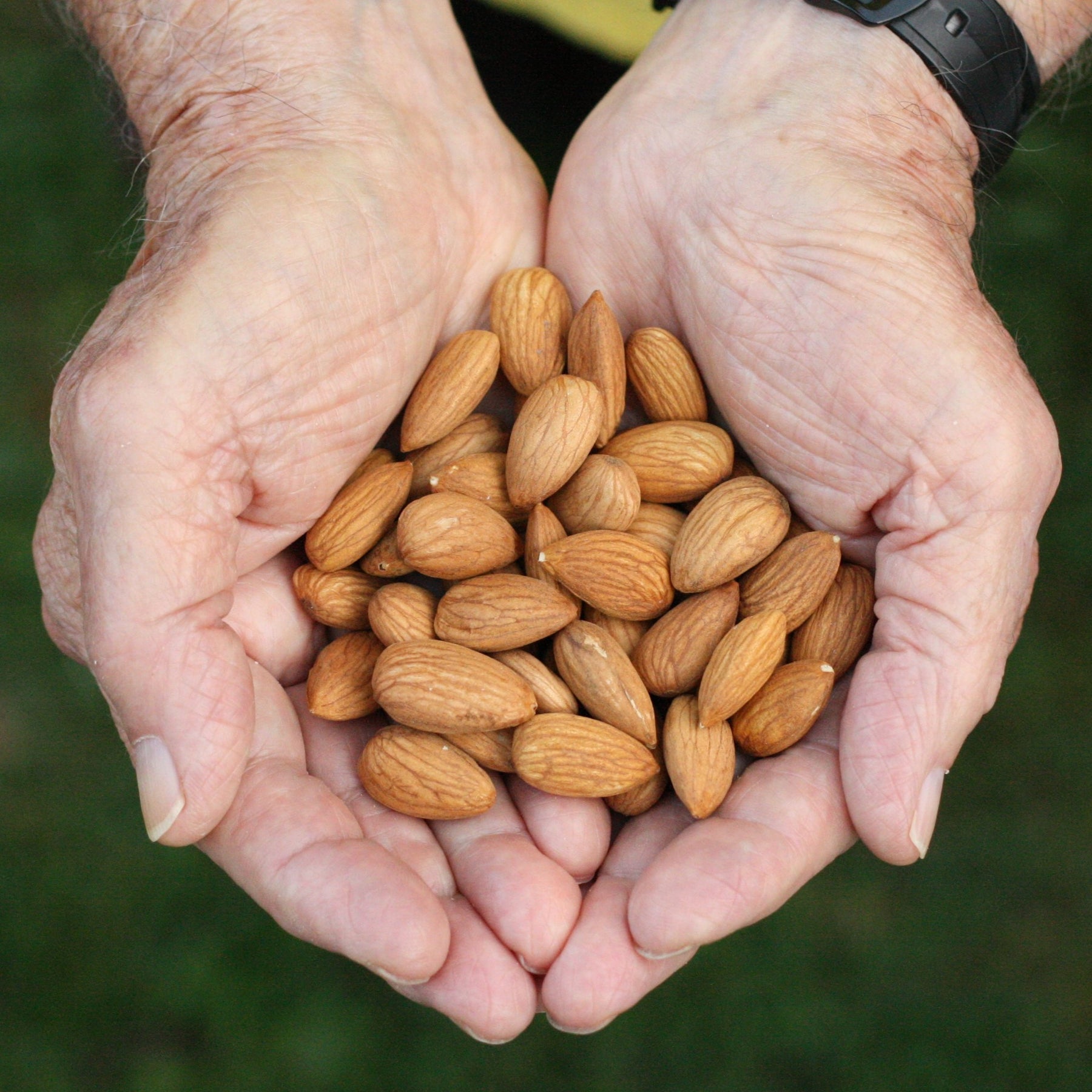No items in your cart
Continue ShoppingCertified organic. We were unable to get our usual Brazil nuts from our folks in Peru, and as such are simply buying from a supplier. It's not what we want, but our folks in Peru simply did not have any available to purchase this year.
The price of Brazil nuts has gone through the roof as global supply has shrunk to being almost non-existent. It reported an almost 80% decrease in volume this year. The last time this was seen was in 2017, which was a 50% decrease in yield. This decrease is devastating to the communities that rely on them, for food and also for the money that goes back into the community from the sale of them. The decrease is caused by both a drought through much of South America, which is a result of El Nino and massive forest fires that are some of the worst ever seen. You can read more about it here.
These brazil nuts are gluten, peanut and soy-free.
More about organic here.
Always refrigerate your Brazil nuts.
Click on "More Info" below to find nutritional info and links to recipes.
Brazil Nut Recipes
Beet and Brazil Nut Salad here
Granola here
Nutritional Information for Brazil Nuts
Brazil nuts (nutrition per 30 g)
Calories: 203 kcal (RDI 1800–2500 kcal)
Protein: 5 g (RDI 46-70 g)
Fat: 20 g (mostly healthy monounsaturated and polyunsaturated fats, including omega-6 and omega-3 fatty acids) (RDI 40-70 g)
Carbohydrates: 3 g (RDI 225-325 g)
Fiber: 2 g (RDI 21-38 g)
Sugars: 1 g (RDI no more than 30 g)
Calcium: 39 mg (RDI 1000-1200 mg)
Iron: .9 mg (RDI 8-18 mg)
Magnesium: 105 mg (RDI 320-420 mg)
Phosphorus: 139 mg (RDI 700 mg)
Potassium: 222 mg (RDI 2600-3500 mg)
Zinc: 1.5 mg (RDI 8-11 mg)
Selenium: 540 microg (RDI maximum 55 microg)
Of note: Brazil nuts are known for their exceptionally high selenium content, with just one nut providing several times the recommended daily intake. Selenium is an essential mineral with antioxidant properties that plays a crucial role in various bodily functions, including thyroid health and immune function. Some studies suggest selenium can help in cancer prevention. However, due to their high selenium content, it's recommended not to consume Brazil nuts excessively to avoid selenium toxicity. Eating 1-3 Brazil nuts per day is generally considered safe and can provide adequate selenium intake without risking toxicity.
Brazil nuts are 14% protein, 12% carbohydrates and 66% fat. Although they have one of the highest fat contents of all the nuts, eating them has been correlated with improved weight management as opposed to contributing to it. Because much of the fat is in the form of fragile fatty acids, brazil nuts need to be kept in the fridge.
Brazil nuts have also been correlated with decreased bad cholesterol, improved immunity and improved fertility. They are a great source of fibre and quite high in magnesium, thiamin, zinc, manganese and vitamin E. They have all the essential amino acids so they are a great source of protein and one of the higher food sources of calcium.
General and Historical Information About Brazil Nuts
Brazil nuts are botanically seeds. They grow in pods, like the cacao, in a large round ball that could really hurt someone if it hit them on the head as it plummeted from the very high reaches of its tree branches. The trees get up to 165 feet high and have pretty yellow flowers. They often live to 500 years but have been known to be over 1000 years old!
They are native to the Amazon basin and aren't generally grown commercially but rather wild harvested. They would be difficult to cultivate because of the unique way they propagate, which can only be done by a specific bee that has a very long tongue that can get into their flowers. In Brazil, it is illegal to cut down a Brazil nut tree so they can often be found in odd locations.
The pod is so hard that it can't be cracked with a nutcracker - only something like an axe can do the job! However, monkeys have been seen opening brazil nuts with a stone (used like an anvil).
Brazil nuts are related to blueberries, cranberries, tea and gooseberries.
Watch a video that shows the harvesting and processing of Brazil nuts.
References
Albala, Ken. Nuts a Global History. London: Reaktion Books, 2014. Print
Haas, Dr. Elson and Dr. Buck Levin. Staying Healthy with Nutrition.New York: Ten Speed Press, 2006. Print
Nutr Cancer. 1994;21(3):203-12. "Bioactivity of selenium from Brazil nut for cancer prevention and selenoenzyme maintenance." http://www.ncbi.nlm.nih.gov/pubmed/8072875
Nutr Metab (Lond). 2011 May 28;8(1):32. doi: 10.1186/1743-7075-8-32. "Brazil nuts intake improves lipid profile, oxidative stress and microvascular function in obese adolescents: a randomized controlled trial." http://www.ncbi.nlm.nih.gov/pubmed/21619692
Pitchford, Paul. Healing with Whole Foods. Berkeley: North Atlantic Books, 2002. Print
Tadayyon, Dr. Bahram. The Miracle of Nuts, Seeds and Grains. Xlibris, 2013. Print
WHFoods. "A Daily Brazil Nut Better than a Supplement for Selenium." http://www.whfoods.com/genpage.php?tname=btnews&dbid=18
https://ods.od.nih.gov/factsheets/Selenium-Consumer/#:~:text=Brazil%20nuts%2C%20for%20example%2C%20contain,Nausea
